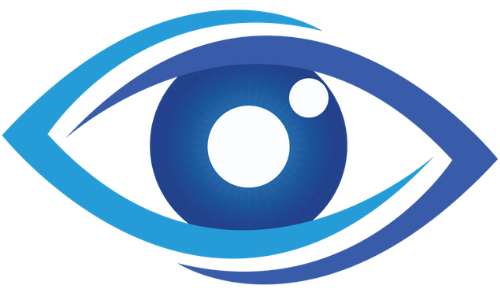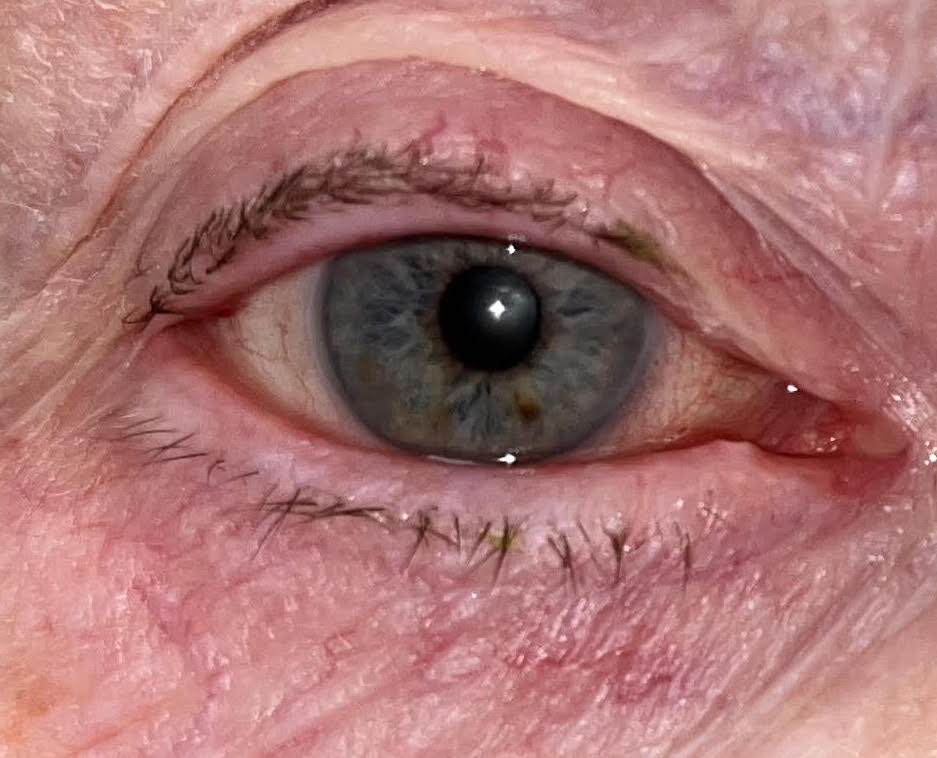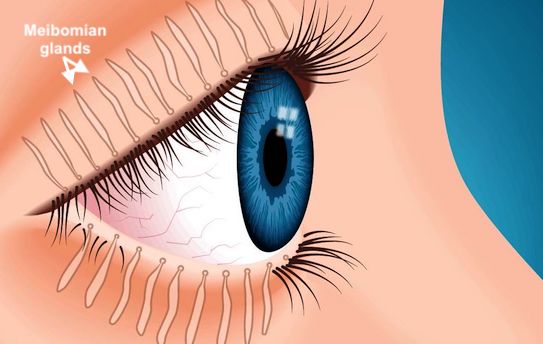Blepharitis is the inflammation of the glands of the eyelids and along the eyelashes and margins of the eyelids. It is a very common eye condition. It usually affects both eyes and tends to be a chronic condition with ups and downs. Blepharitis can also be caused by bacterial infections.
Blepharitis
Symptoms
Blepharitis can cause a wide range of eye symptoms as:
- Eye discomfort
- Feeling like there is “something” in your eye
- Itchiness
- Sore or painful eyelids
- Watery eyes
- Excessive blinking
- Sensitivity to light
- Sticky eyelashes when waking in the morning
If blepharitis is left untreated, it can cause other complications such as conjunctivitis, meibomian cysts (small abscesses in the eyelid), eyelashes that turn in and irritate the eye, or intolerance to contact lenses.
Causes
Blepharitis can be caused or aggravated by multiple factors, including:
- Excess bacteria on the eyelids
- Blocked oil gland on your eyelid (often called Meibomian gland dysfunction)
- Hormone problems
- Skin conditions such as seborrheic dermatitis, rosacea, and eczema
- Dry eyes
- Rarely tiny insects called Demodex mites
Blepharitis Treatment
Blepharitis tends to be a chronic problem with some ups and downs. The treatment for blepharitis can be ongoing in some cases. However, in most cases, the symptoms improve with treatment.
-Lid Hygiene
Regular routine of eyelid hygiene is essential in the treatment of blepharitis. It is important that you clean your eyelids every day, whether or not you are experiencing symptoms. You should consider it part of your daily routine. Effective eyelid hygiene will reduce both the severity and frequency of symptoms. Warm compresses and eyelid scrubs may help in selected cases.
How to clean your eyes?
– Soak a clean flannel in warm water and place it on your closed eyelid for 5 to 10 minutes.
– Gently massage your eyelids for around 20-30 seconds.
– Clean your eyelids and gently wipe along the edge of your eyelids to remove any crusts or flakes.
-Dry eye (lubricant) drops
Blepharitis is commonly associated with some dry eye symptoms. You may be advised to use some lubricant drops. Most dry eye drops are available from a pharmacist over-the-counter (OTC) without a prescription.
Treatment of eyelid infections
If blepharitis is associated with an eye infection, your ophthalmologist will initially attempt to treat it with eye drops or ointment and then advise a proper cleaning regime of the eyelid.
Mr Ellabban will assess you and advise you about the management plan for your particular condition.


